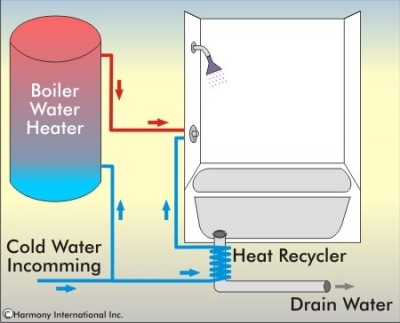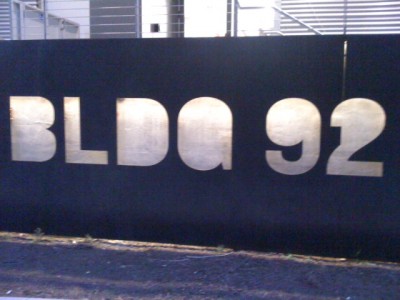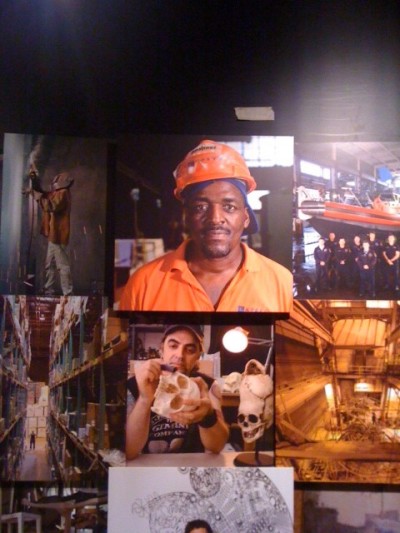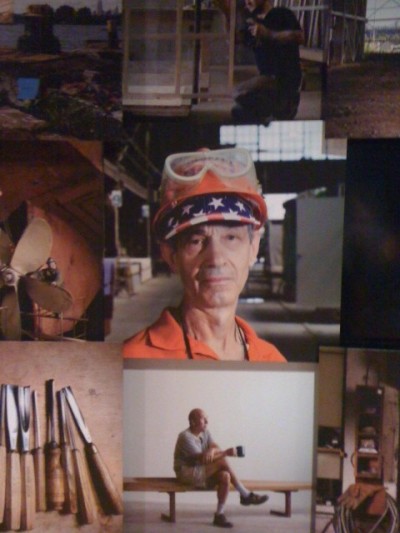The terrible two’s as parents call it when their children reach the age of two and start questioning everything they see. Why this, why that, why, why, why, until their parents either answer these questions or pass out. There were no questions too small or big. Their status quo is not developed yet and their minds are completely open to new ideas.
In lean manufacturing and lean six sigma, this used to be annoying behavior, has become standard practice even earning the title “5W Analysis”. What industrial engineers are learning is to become that two-year-old child once more but with a bit more diplomacy and respect for all employees while conducting this analysis. Shigeo Shingo once said, “A relentless barrage of “why” is the best way to prepare your mind to pierce the clouded veil of thinking caused by the status quo. Use it often”.
One of the biggest barriers to building modularly is preconceived notions of trailer park homes or structures with lower quality. However, this could not be more further from the truth. Our sales manager, Tom O’Hara often says, “Would you want your car built outside in the elements or in an environmentally controlled manufacturing factory?” Would it not be nice to be able to have quality checks and measures being controlled during every aspect of the construction process?
At Capsys, every aspect of the construction process is broken down and analyzed. Then put back together so the plumbers, electricians, welders, and carpenters can work together as seamlessly as possible; thus, increasing output and quality.
As the two year old would say, “why build it the conventional site built way when quality, efficiency, production rate, and supply chain’s all are better with a manufacturing line?” As an industrial engineer, every time I walk the production line I hear that two-year-old boy inside me saying, “Why” and it brings a smile to my face as the factory workers give me silly looks as I ask them.




